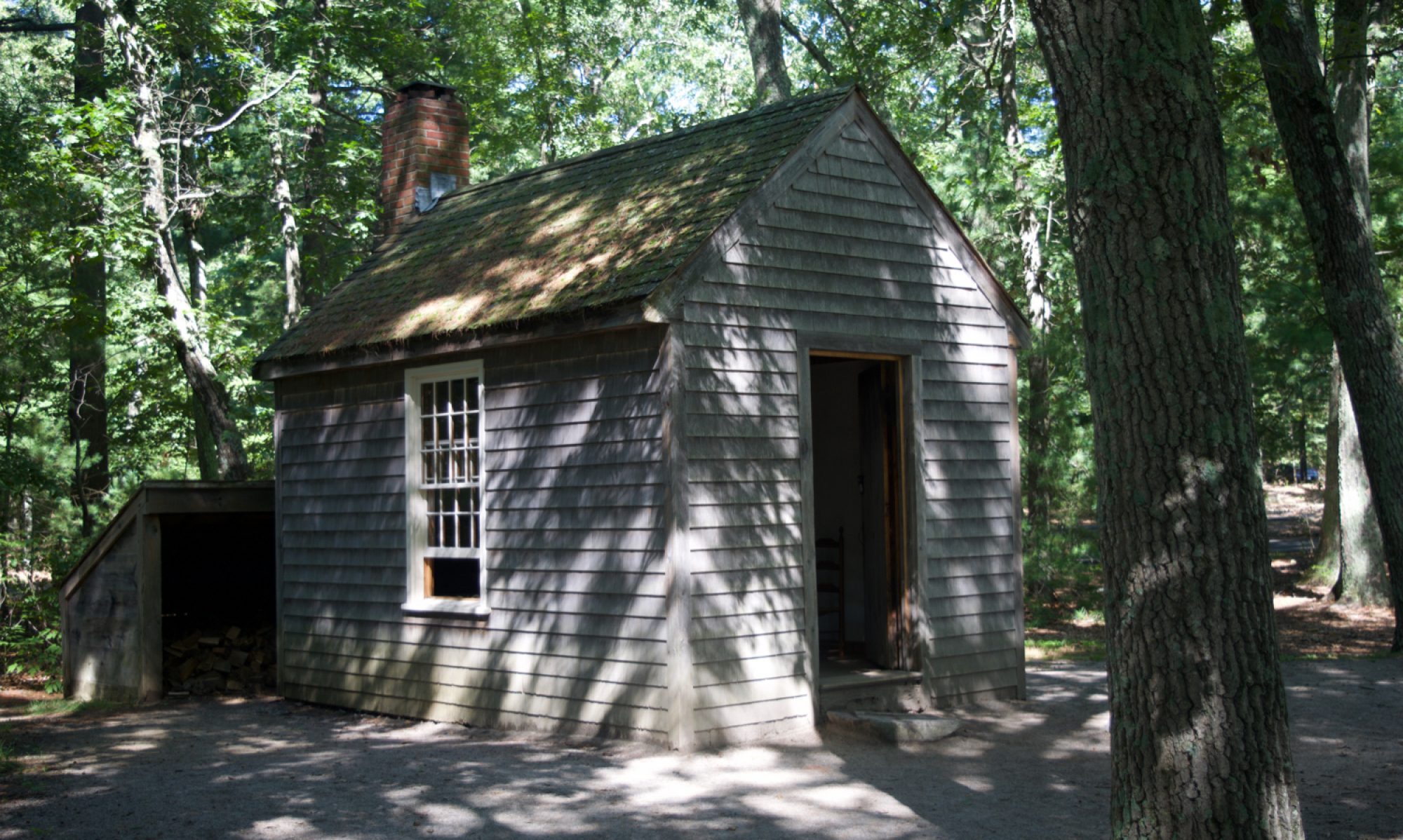It’s always great to get emails about huts from readers and last year I had a tip-off from John at Bowlandclimber about some huts at Ramsgreave near Blackburn in Lancashire. I’ve finally had a chance to go and photograph them. As you can see from the pictures, they are in a bad way, but it’s a dramatic location and they must have been little havens in their heyday.
The buildings are referred to as “Chalets at Haggs Hall Fields” in a lawful development application from a few years ago, which established that they can be used as holiday chalets in the spring and summer. They’re all in a row on the farm track, and public right of way, leading to Haggs Hall Farm. Each chalet had its own plot as a garden, with bushes, bits of domestic fencing, sheds, and trees on the boundary lines.
Here are the six chalets, from west to east, two of which are reduced by fire to just the brick chimneys:






The only evidence I have for the age of the site comes from Ordnance Survey maps. There are no chalets on the field to the south of Haggs Wood on the Six Inch map surveyed in 1910, but when the survey was repeated in 1929/30, four chalets and plots had appeared. The 1:2500 OS Plan of 1968/70 shows the differing footprints of six chalets, with names from west to east: Braeside, Millswood, Beechwood, Kemple View, The Hollies, and Meadowside.
There’s also a classified advert in the “Lancashire Daily Post” from 9th July 1945 right at the end of “Houses for sale” which reads:
SALE, Wood Bungalow; partly furnished; Cabins, etc; v.p. – Apply, The Hollies, Haggs Hall Fields, Ramsgreave, Blackburn.

 Two of the fireplaces shown in the pictures are from around the 1930s or 1950s too, although they may have been recycled when removed from conventional houses.
Two of the fireplaces shown in the pictures are from around the 1930s or 1950s too, although they may have been recycled when removed from conventional houses.
As I was walking round, I did wonder if the original occupiers were in the wave of hutting by new car drivers in the 1920s, as happened in some Essex plotlands. But a closer look at the map reveals that the Ramsgreave and Wilpshire railway station is about 20 minutes walk away, and the farm track is the first turn off you come to as you walk westwards along Ramsgreave Road away from the last houses.
Each of the chalets is different from the next, and entirely constructed from wood apart from the brick chimney, glass windows, and felt or tiled roof. They look just like the kind of buildings people bodged together themselves at weekends up and down the country when plotlands and hutting sites were flourishing. There’s also some plywood and even sections of OSB from the last few decades, and I’m guessing they’ve been continually repaired and modified over the years.
The chalets are now dangerously unstable and the interior pictures were taken through the windows at arms length. I don’t know how long they’ll last, but it looks like an ideal site to benefit from a new wave of hutting.























